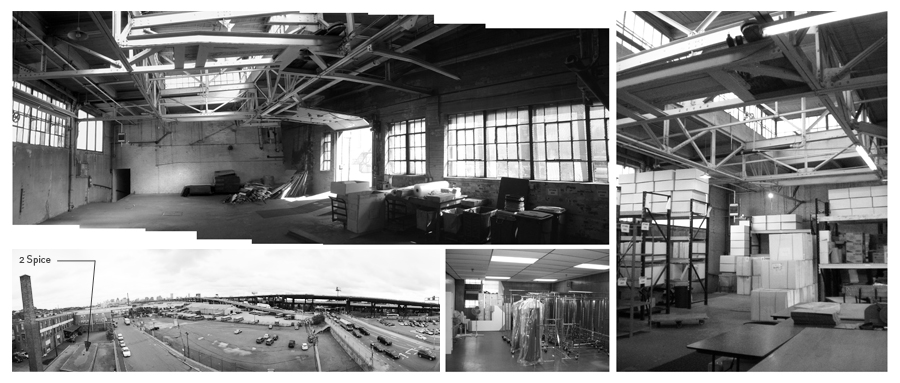
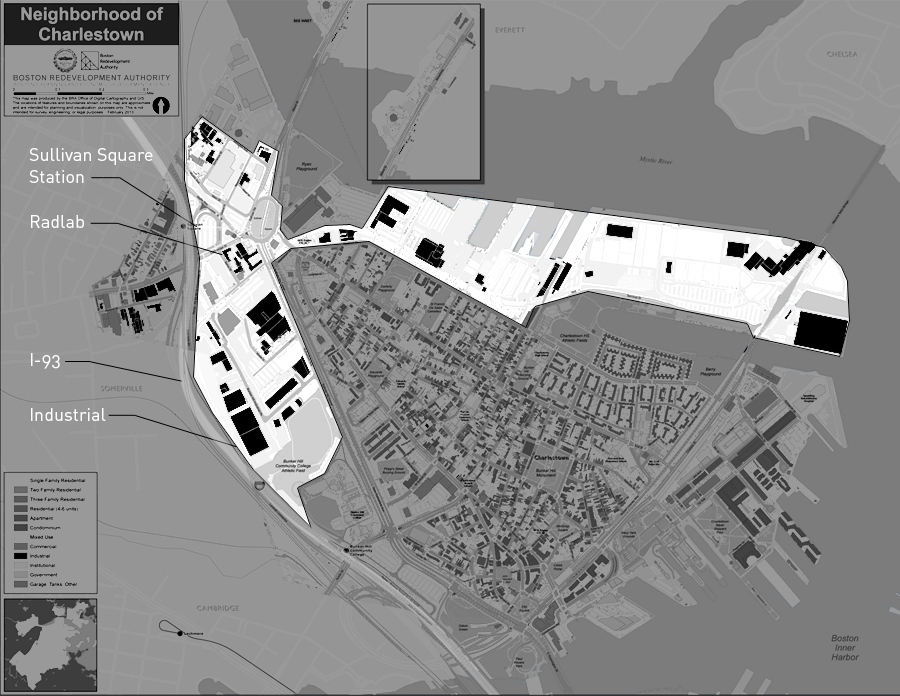


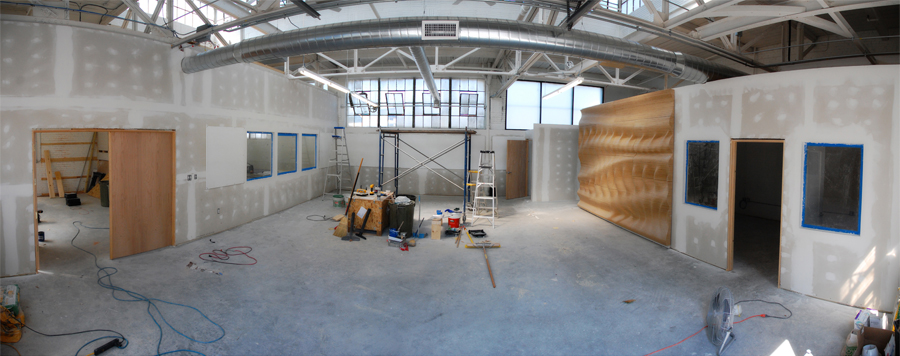

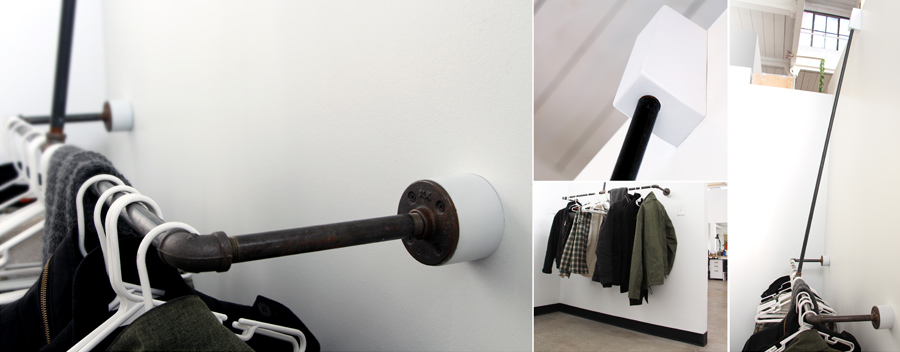

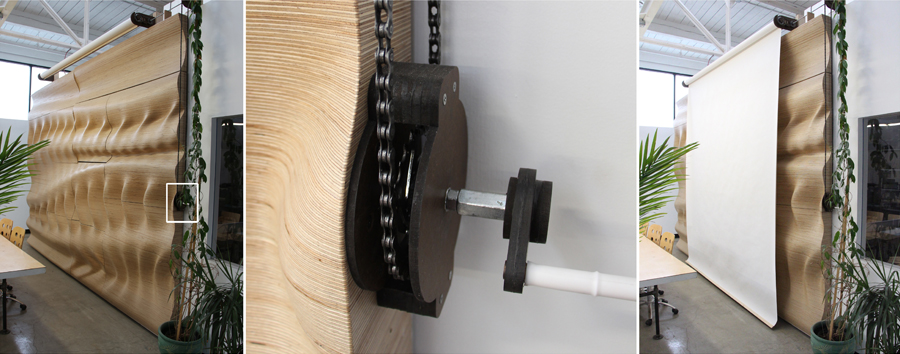
Two Spice
In November of 2011 Radlab began looking for a new home. Our goal was to find a low-cost industrial space within the city that we could design and build out ourselves, a well connected space as part of Boston’s network of transit systems, and a space particularly suitable for design and fabrication.
On December 31, 2011, after 65 years as a premiere wedding dress label under David’s Bridal, Priscilla of Boston closed its doors. Two Spice Street in Boston was the address of a major portion of Priscilla’s manufacturing and dress storage facility, which seemed a thoroughly fitting location to house a laboratory for fabrication, design, and applied research. The building is just a stone’s throw away from I-93, for vehicular transit, and Sullivan Square Station, for train and bus transit. In other terms of accessibility, having a clear, recognizable, urban identity was important to us. Being a part of Charlestown’s industrial periphery is a good fit for Radlab because it allows us to sustain our Boston address and proximity to the city. With the large volume of space, coupled with an abundance of natural day lighting, the 3,000sf space seemed a conducive fit for Radlab’s identity and preoccupations. Between our team and the owner’s team of subs, design and construction took place over an accelerated three month stretch from May to August of 2012.
The massless, creative act of design, and the physically generative act of fabrication, are an integral part of our ongoing research and experimentation. Design is not meant to be first, and fabrication second. The two can occur sequentially, and in simultaneity. In an essentially narrow, rectangular prism, our intention was to arrive at a distribution and quality of space that would promote this sense of research and design.
It became clear early on in the planning process that, for this space, it would be particularly important toestablish clear lines of site. In an effort to establish a sense of wholeness and continuity between each spatial subdivision, all programmed spaces are visually accessible to one another. This connectedness was accomplished by reducing programmatic differentiations to a minimum, and by creating a series of punched openings along each transverse partition that could link each end of the prism regardless of intermediatedivisions.
By connecting program in this manner, the stark separations that might otherwise exist, which often create isolated compartments of program that must be experienced in a relatively sequential pattern, start to dissolve. As a result, the space enhances the probability for non-linear thinking, and acting, promoting a collaborative mindset across multiple disciplines.
The shell was preserved in its entirety, while adding only one floor to ceiling interior partition. Using a centrally located, subtracted transformation to create a loft space above the machine lab, daylight from the building’s 360 degree clerestory windows was provided for the studio.
Status: Completed, 2012
Client: Spice Street, LLC
Location: Charlestown, MA
Project Team
Matt Trimble
Bob Williamson
Jared Steinmark
Esko Heilner
Chongho Park
